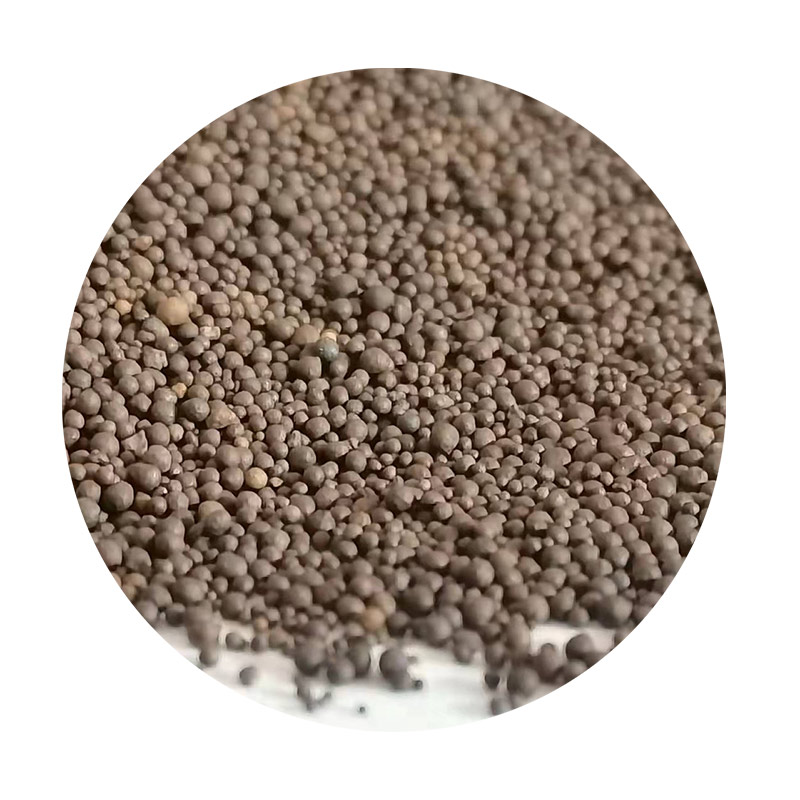Lost Foam Casting Applications A Versatile Manufacturing Technique
Lost foam casting (LFC) is a sophisticated and versatile manufacturing process that has gained significant traction in various industries due to its ability to produce complex shapes and high-quality components. This innovative technique resembles traditional sand casting but utilizes a polystyrene foam pattern that is vaporized during the metal pouring process. As industries continue to seek efficient and cost-effective methods for producing intricate components, the applications of lost foam casting have expanded significantly across multiple sectors.
Principles of Lost Foam Casting
The fundamental principle behind lost foam casting involves creating a foam pattern that replicates the desired final product. The foam pattern is then coated with a refractory material and placed in a sand mold. When molten metal is poured into the mold, the foam pattern vaporizes, leaving behind a cavity that takes the shape of the original pattern. This process minimizes the need for core-making and allows for the production of parts with complex geometries and intricate features.
Automotive Industry Applications
One of the primary sectors that benefit from lost foam casting is the automotive industry. With the demand for lightweight and high-strength components, lost foam casting enables manufacturers to create intricate parts like engine blocks, cylinder heads, and transmission cases with excellent dimensional accuracy. Additionally, the process allows for the incorporation of internal cavities, which can significantly reduce weight without compromising structural integrity. This is particularly crucial as automakers strive to meet stringent fuel efficiency and emission regulations.
Aerospace Applications
lost foam casting applications

In the aerospace sector, lost foam casting is utilized to manufacture various components that require high precision and intricate designs. The ability to produce complex shapes in high-performance alloys makes LFC an attractive option for creating parts such as turbine housings, brackets, and structural components. The reduced weight and improved material properties achieved through lost foam casting make it a preferred choice in the production of aerospace components, where every gram counts and performance is paramount.
Industrial Equipment and Machinery
Another significant application of lost foam casting is seen in the manufacturing of industrial equipment and machinery. Components such as pumps, valves, and housings frequently require intricate designs that traditional casting methods struggle to achieve. The flexibility of lost foam casting allows manufacturers to produce these components with high precision, reducing the need for extensive machining and finishing operations. This not only streamlines the production process but also leads to cost savings and improved turnaround times.
Art and Sculpture
Beyond industrial applications, lost foam casting has found its way into the art world, where artists and sculptors utilize the technique to create unique and complex sculptures. The process enables artists to capture fine details and intricate patterns that would be challenging to achieve using traditional casting methods. By using materials like bronze or aluminum, artists can transform their conceptual designs into tangible works of art, showcasing the versatility of lost foam casting in the creative realm.
Conclusion
Lost foam casting stands out as a versatile and efficient manufacturing technique with wide-ranging applications across various industries. Its ability to produce complex shapes, reduce weight, and eliminate the need for extensive machining makes it an invaluable tool for manufacturers, particularly in automotive, aerospace, and industrial sectors. Furthermore, its adoption in the art community highlights its creativity and capability beyond traditional industrial uses. As technology continues to advance, lost foam casting will undoubtedly play an integral role in shaping the future of manufacturing, pushing the boundaries of what is possible in component design and production.
Post time:Des . 12, 2024 10:01
Next:sand casting foundry
